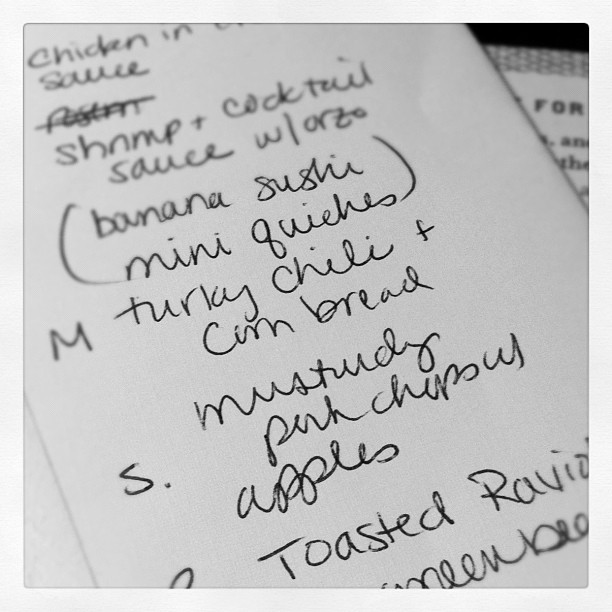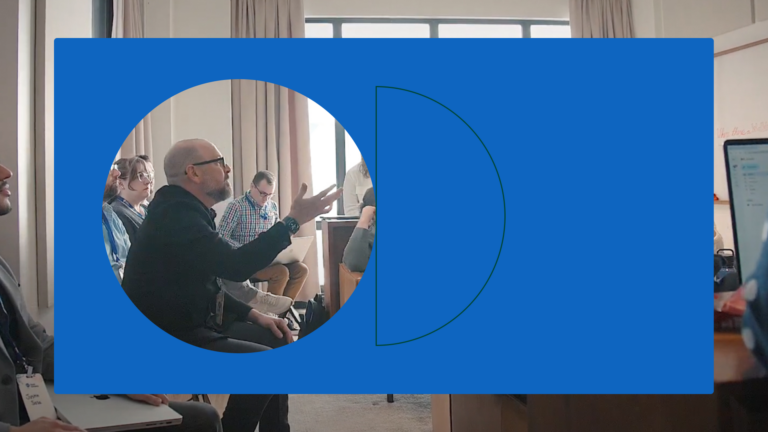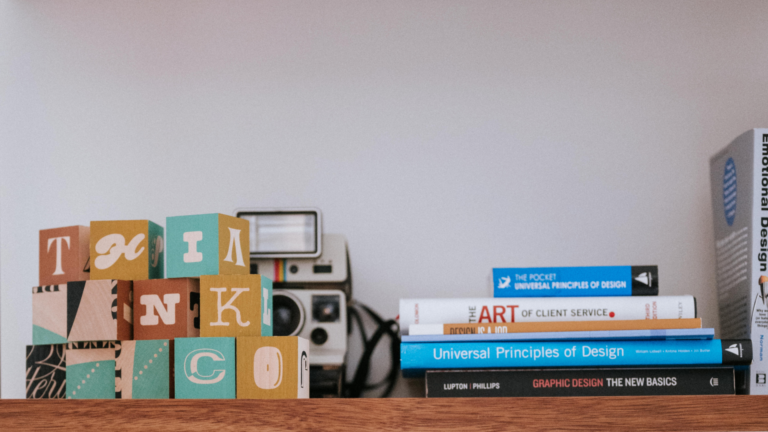In Defense of the Low-Tech Solution

I’m a chronic list maker. Vacations, my wedding, meal plans… you name it, and I’ve probably made a list or spreadsheet for it.
As a program manager, my preferred method for organizing my work tasks is a modification of the Pomodoro Method. In short, I keep a large master to-do list and whenever a task pops in my head, I don’t start that task—instead I put it on the list. Each day I make a “today” subset of the list on a sticky note and cross out completed items throughout the day.
Before you tell me you know of a great app that would simplify my workflow, let me stop you. I don’t want to use it. While I use Evernote for my master lists, I prefer my post-it note solution day-to-day. There are probably hundreds of to-do list applications ready for download, but logging into something or taking the time to type out my daily list is just a bad user experience for me. Will I ever need an electronic archive of my daily to-do list? The option to search it for key words? The ability to share it through Twitter? Probably not.

A handwritten note can be an interesting artifact as well. Though I don’t need to access an archive of my previous sticky note musings, it can be interesting to run across an old vacation packing list, or an old shopping list in a coat pocket. Also, a study showed that writing by hand has cognitive benefits for children. Writing with a pen and paper actually uses more brain processes than typing. Are you typing so often that your handwriting is atrocious? Try penmanship exercises to make your to-do list more legible. (This woman in particular has me aspiring to have more consistent penmanship.)
It turns out I’m not the only 1.0 fan out there. During a recent research project during which we were tasked to interview users and identify ways to improve their workflow, I met a salesperson who quipped that it didn’t make sense to log into a system to enter information and track it when they could do it much faster and more easily by writing the information down on a sheet of paper.
We experience low-tech alternatives being far superior to high-tech options on a daily basis. Sometimes the best way is the simplest. What are your favorite low-tech solutions to use when a high-tech solution is also available?



